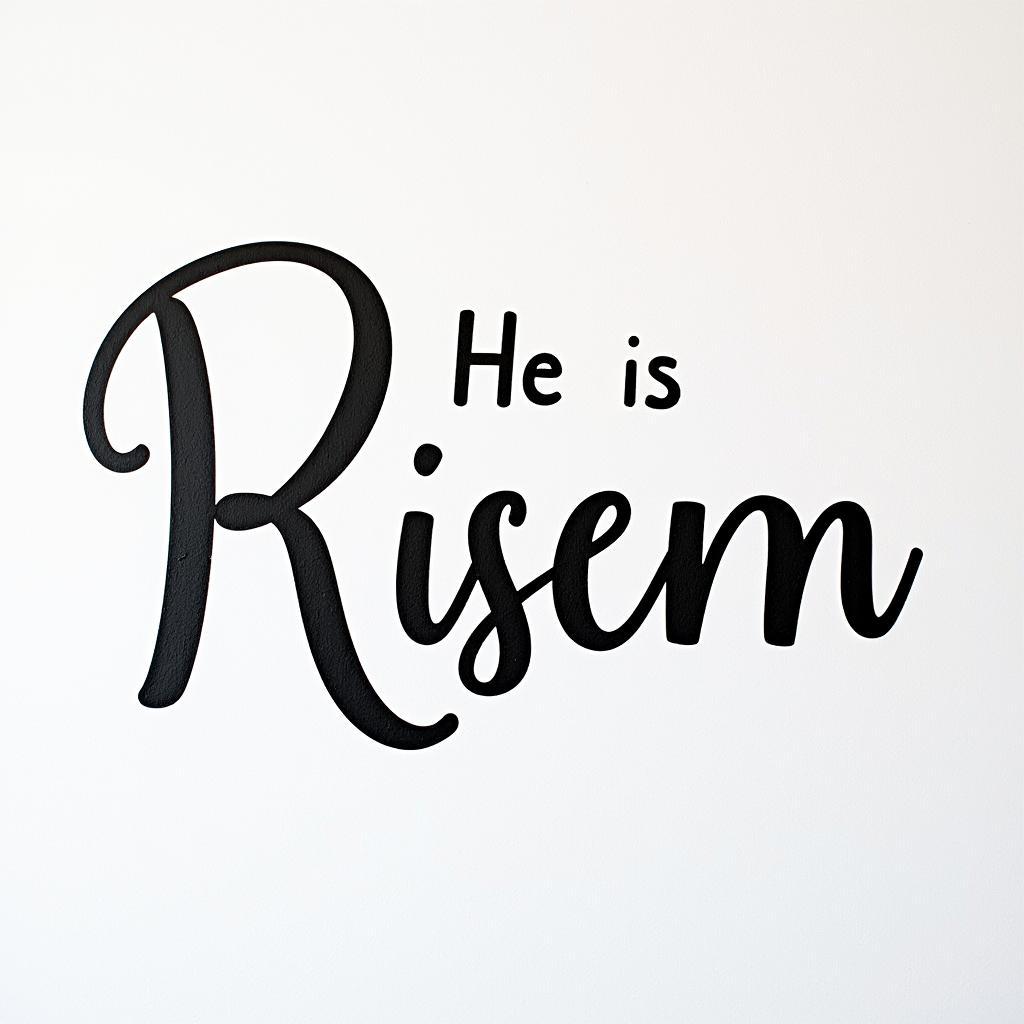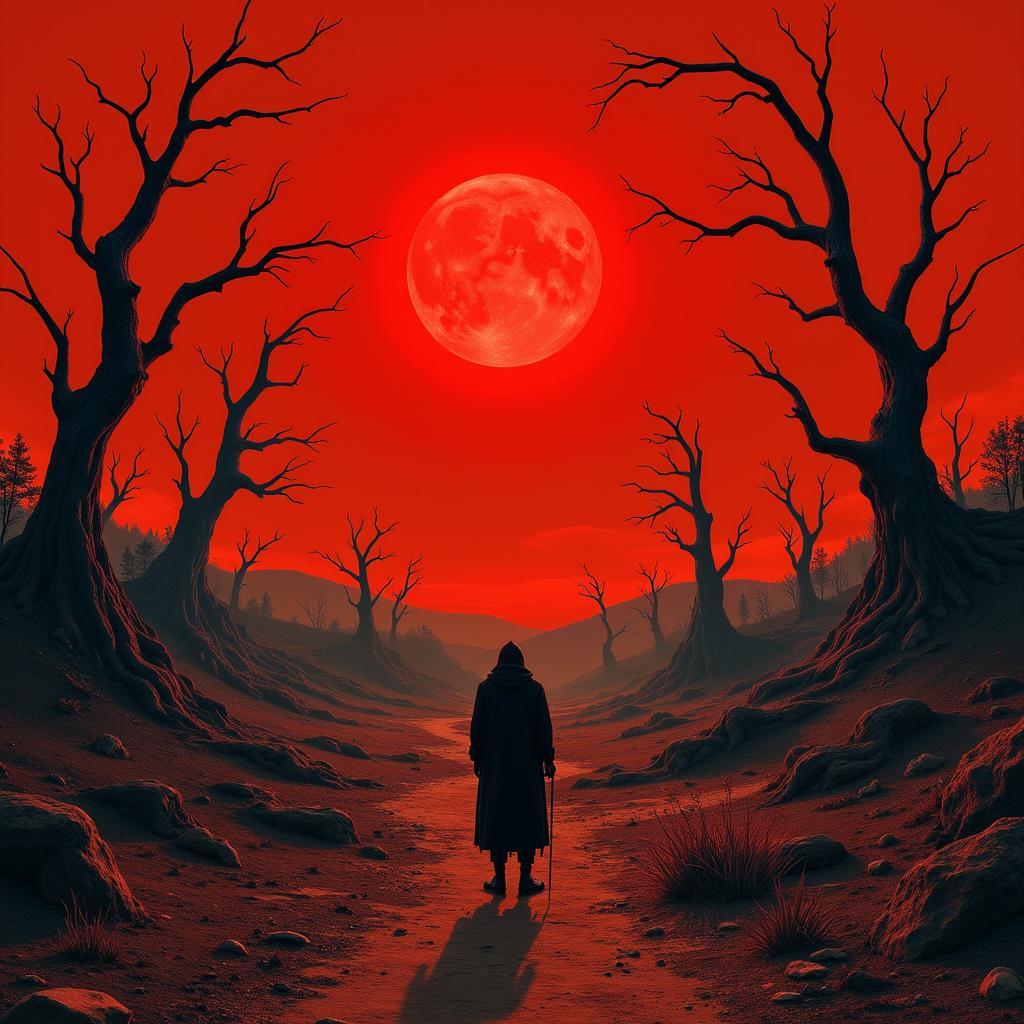Ralph Steadman Fear and Loathing Art: A Gonzo Journey
The distinctive, splatter-filled art of Ralph Steadman is synonymous with Hunter S. Thompson’s Fear and Loathing in Las Vegas, etching itself into the very fabric of gonzo journalism. Steadman’s chaotic yet controlled style perfectly captures the drug-fueled, hallucinatory journey of Raoul Duke and Dr. Gonzo, creating an unforgettable visual narrative that transcends mere illustration. His work isn’t just about depicting the story; it becomes an integral part of the experience, amplifying the raw energy and paranoia of Thompson’s prose.
Delving into the Depths of Ralph Steadman’s Fear and Loathing Illustrations
Steadman’s artistic contribution to Fear and Loathing in Las Vegas isn’t merely illustrative; it’s interpretive. His frantic lines and ink splatters mirror the characters’ internal turmoil, blurring the lines between reality and perception. This isn’t just a visual accompaniment to the text; it’s a visceral reaction to it, a dialogue between artist and writer that elevates the work to a new dimension. The grotesque caricatures and distorted perspectives are a reflection of the characters’ altered states of mind, creating a visual language for the psychedelic experience. This powerful synergy between words and images defines the essence of gonzo art, a style that rejects objectivity in favor of subjective, often chaotic, immersion.
What makes Steadman’s style so unique? It’s the inherent tension between control and chaos. While the ink may appear to be flung haphazardly across the page, there’s a masterful precision in the composition and execution. The chaos is deliberate, carefully orchestrated to evoke a specific emotional response. He captures the essence of fear, paranoia, and the surreal with a visual vocabulary that is both disturbing and captivating.
The Gonzo Aesthetic: How Steadman Defined a Generation
Steadman’s style, often dubbed “gonzo art,” is characterized by its raw energy and unrestrained expression. It’s a style that embraces imperfection, reveling in the unpredictable nature of ink and watercolor. His work in Fear and Loathing in Las Vegas didn’t just illustrate Thompson’s writing; it visually defined the gonzo movement. The frenetic energy, the distorted reality, the sheer audacity of it all perfectly embodied the spirit of a generation pushing against societal norms. Steadman’s art gave a face to the counterculture, a visual representation of its rebellion and its search for something beyond the ordinary.
How did Steadman’s work influence other artists? It paved the way for a new generation of artists who embraced a more expressive, less conventional approach to illustration. He demonstrated that art could be raw, visceral, and deeply personal, challenging the traditional boundaries of the medium. His influence can be seen in everything from graphic novels and album art to contemporary illustration and street art.
 Ralph Steadman's Ink Splatter Technique
Ralph Steadman's Ink Splatter Technique
Exploring the Fear and Loathing in Ralph Steadman’s Art
Beyond the wild visuals, Steadman’s Fear and Loathing in Las Vegas illustrations explore deeper themes of societal critique and the human condition. His distorted portraits of politicians and other figures of authority are not merely caricatures; they’re satirical commentaries on the absurdity of power and the corruption it breeds. The chaotic scenes of excess and debauchery aren’t simply depictions of drug-induced hallucinations; they’re reflections of a society lost in its own excesses.
“Steadman’s work forces us to confront the uncomfortable truths about ourselves and the world around us,” says Dr. Amelia Hart, art historian and author of “The Art of Rebellion: Visualizing Counterculture.” “He doesn’t shy away from the grotesque, but uses it as a tool to expose the hypocrisy and absurdity of the human condition.”
The Legacy of Ralph Steadman’s Fear and Loathing Art
Ralph Steadman’s Fear and Loathing in Las Vegas artwork remains a powerful testament to the enduring impact of collaboration between writer and artist. His work continues to resonate with audiences today, not just for its stylistic brilliance but also for its insightful commentary on the human experience. The fear and loathing depicted in his art transcend the specific context of the novel, speaking to universal anxieties and the ongoing search for meaning in a chaotic world.
“Steadman’s art isn’t just visually striking, it’s emotionally resonant,” explains renowned art critic, Johnathan Davies. “It taps into a primal fear and loathing that exists within us all, a sense of unease about the world and our place in it.”
In conclusion, Ralph Steadman’s fear and loathing art is more than just illustration; it’s a visceral exploration of the human psyche and a powerful statement about the world we inhabit. His work transcends the boundaries of traditional art, becoming an integral part of the narrative and a defining element of the gonzo aesthetic.
FAQ
- What is gonzo art? Gonzo art is a style characterized by subjective, often chaotic, immersion in the subject matter, rejecting objectivity.
- How did Steadman’s art influence the counterculture? His art provided a visual language for the rebellion and search for meaning beyond societal norms.
- What techniques does Steadman use? He uses a combination of ink splatters, frantic lines, and grotesque caricatures.
- What themes are explored in Steadman’s Fear and Loathing art? Themes of societal critique, the human condition, and the psychedelic experience.
- Why is Steadman’s work still relevant today? It speaks to universal anxieties and the ongoing search for meaning in a chaotic world.
- Where can I see more of Steadman’s work? Numerous books and galleries showcase his art.
- How did Steadman collaborate with Hunter S. Thompson? Their collaboration was a dynamic interplay of words and images, creating a unique form of storytelling.
Need help exploring the world of Ralph Steadman and Fear and Loathing? Contact us! Phone: 02462573573, Email: [email protected] Or visit: Savico Megamall, 7-9 Đ. Nguyễn Văn Linh, Gia Thụy, Long Biên, Hà Nội 10000, Việt Nam. We have a 24/7 customer support team.



